Hey everyone, a good mate of mine recently purchased an old school V8 Landrover and naturally as we do in Africa needed to take it for a 'test drive' in the wild and so we did.
Here we took these pics at Dinokeng Nature reserve just a few kms out of Pretoria! https://en.wikipedia.org/wiki/Dinokeng_Game_Reserve
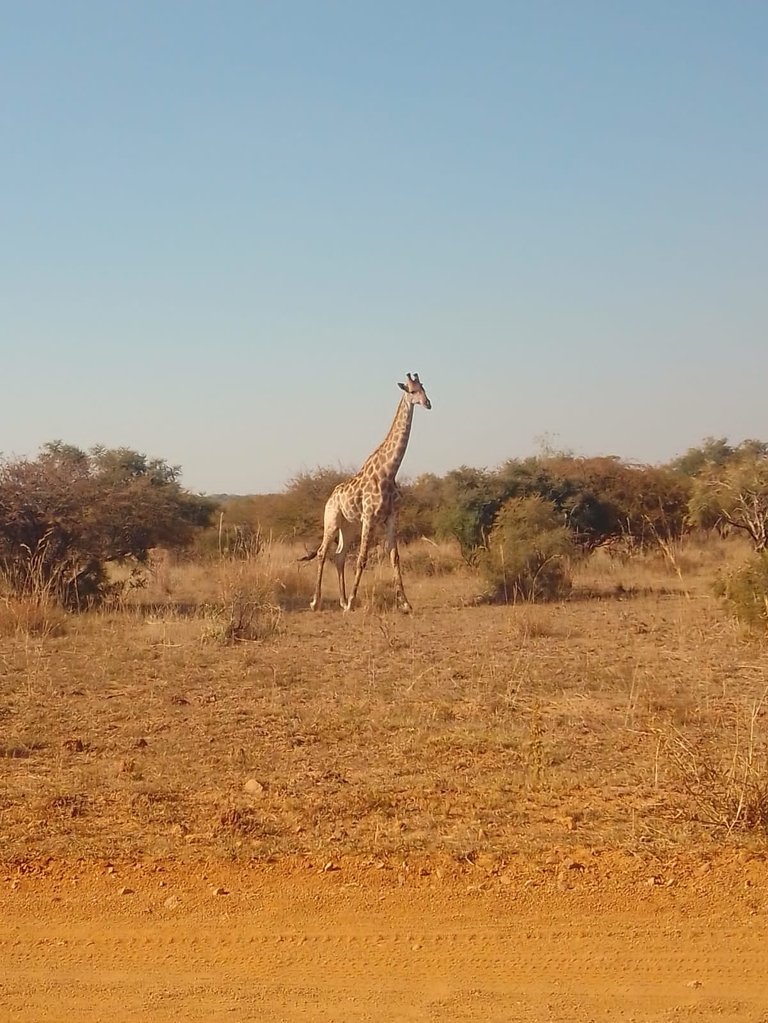
Giraffe, we were so lucky to capture these shots of these incredible African 'Beasts'... The giraffe (Giraffa) is an African artiodactyl mammal, the tallest living terrestrial animal and the largest ruminant. It is traditionally considered to be one species, Giraffa camelopardalis, with nine subspecies. However, the existence of up to eight extant giraffe species has been described, based upon research into the mitochondrial and nuclear DNA, as well as morphological measurements of Giraffa. Seven other species are extinct, prehistoric species known from fossils.
The giraffe's chief distinguishing characteristics are its extremely long neck and legs, its horn-like ossicones, and its distinctive coat patterns. It is classified under the family Giraffidae, along with its closest extant relative, the okapi. Its scattered range extends from Chad in the north to South Africa in the south, and from Niger in the west to Somalia in the east. Giraffes usually inhabit savannahs and woodlands. Their food source is leaves, fruits and flowers of woody plants, primarily acacia species, which they browse at heights most other herbivores cannot reach. They may be preyed on by lions, leopards, spotted hyenas and African wild dogs. Giraffes live in herds of related females and their offspring, or bachelor herds of unrelated adult males, but are gregarious and may gather in large aggregations. Males establish social hierarchies through "necking", which are combat bouts where the neck is used as a weapon. Dominant males gain mating access to females, which bear the sole responsibility for raising the young.
The giraffe has intrigued various cultures, both ancient and modern, for its peculiar appearance, and has often been featured in paintings, books, and cartoons. It is classified by the International Union for Conservation of Nature as vulnerable to extinction, and has been extirpated from many parts of its former range. Giraffes are still found in numerous national parks and game reserves but estimates as of 2016 indicate that there are approximately 97,500 members of Giraffa in the wild. More than 1,600 were kept in zoos in 2010. https://en.wikipedia.org/wiki/Giraffe

How cool is this pic?? Here he took a 'sneaky peak' at proceedings from his bush dwelling!

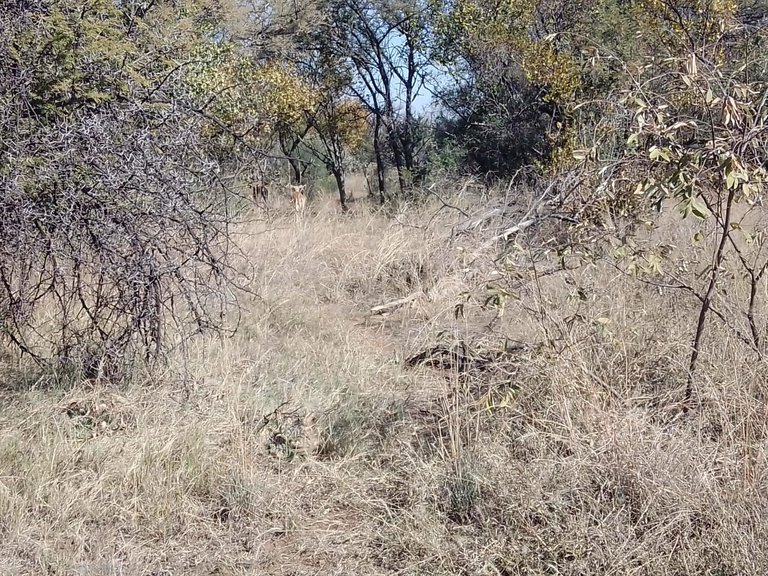
Another common sight at game farms in South Africa the very recognizable Zebra (African Equine), these are generally tame and make for nice pictures too.
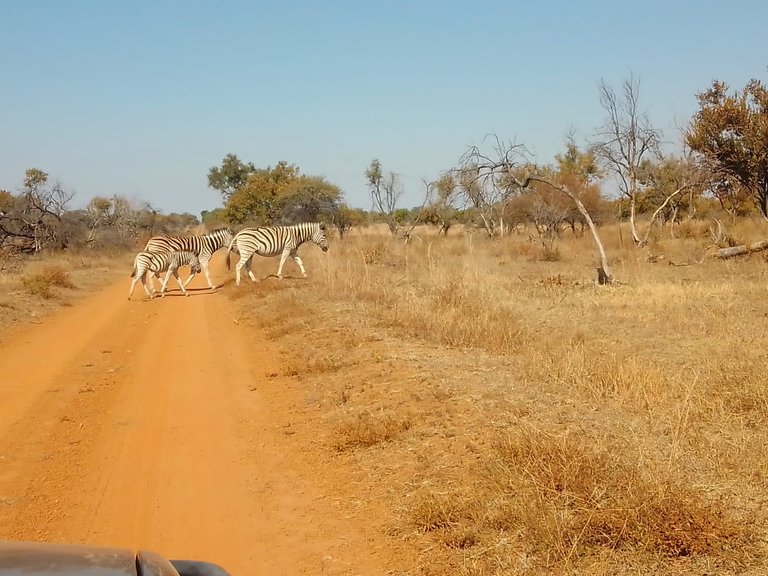
Zebras[a] are African equines with distinctive black-and-white striped coats. There are three extant species: the Grévy's zebra (Equus grevyi), plains zebra (E. quagga) and mountain zebra (E. zebra). Their stripes come in different patterns unique to each individual. Several theories have been proposed for the function of zebra stripes with most evidence supporting them as a form of protection from biting flies. Zebras share the genus Equus with horses and asses and together they are the only living members of the family Equidae. Zebras belong to the subgenus Hippotigris. They inhabit eastern and southern Africa and can be found in a variety of habitats such as savannahs, grasslands, woodlands, shrublands and mountainous areas.
Zebras are primarily grazers and can subsist on lower-quality vegetation. They are mainly preyed on by lions and typically flee when threatened but also bite and kick. Zebra species differ in social behaviour, with plains and mountain zebra living in stable harems consisting of an adult male or stallion, several adult females or mares, and their young or foals; while Grévy's zebra live solitarily or in loosely associated herds. In harem-holding species, adult females mate only with their harem stallion, while male Grévy's zebras establish territories which attract females and the species is promiscuous. Zebras communicate with various vocalisations, body postures and facial expressions. Social grooming strengthens social bonds in plains and mountain zebras.
The dazzling stripes of zebras make them among the most recognisable of mammals and have been featured in art and stories in Africa and beyond. They have historically been highly sought after for exotic animal collectors but unlike horses and donkeys, zebras have never been truly domesticated. the International Union for Conservation of Nature (IUCN) lists the Grévy's zebra as endangered, the mountain zebra as vulnerable and the plains zebra as near-threatened. The quagga, a type of plains zebra, was driven to extinction in the 19th century. Nevertheless, zebras can be found in numerous protected areas.
https://en.wikipedia.org/wiki/Zebra
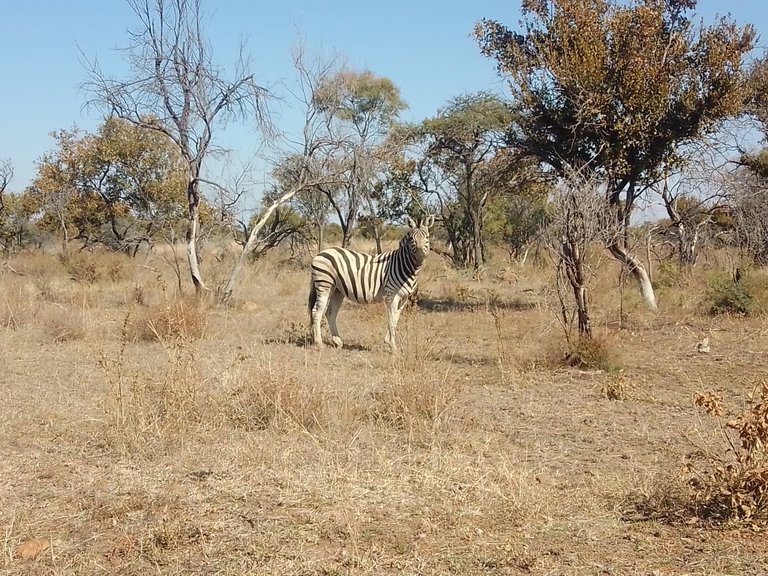
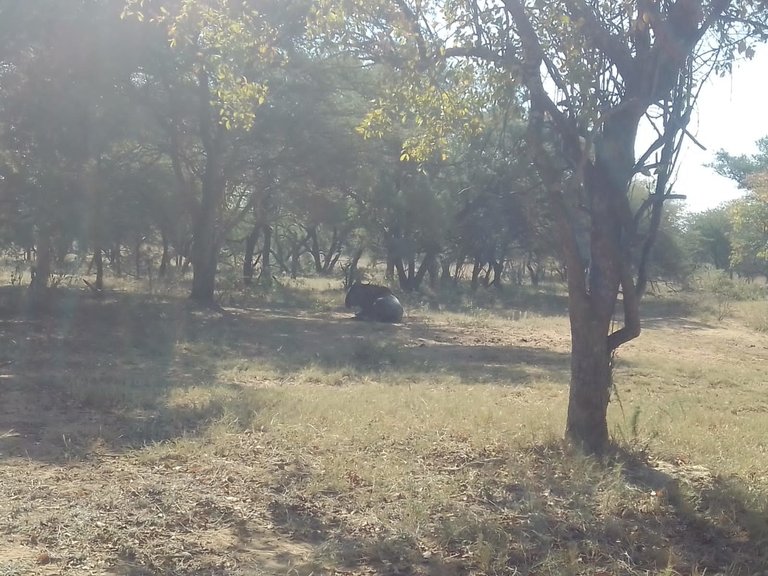
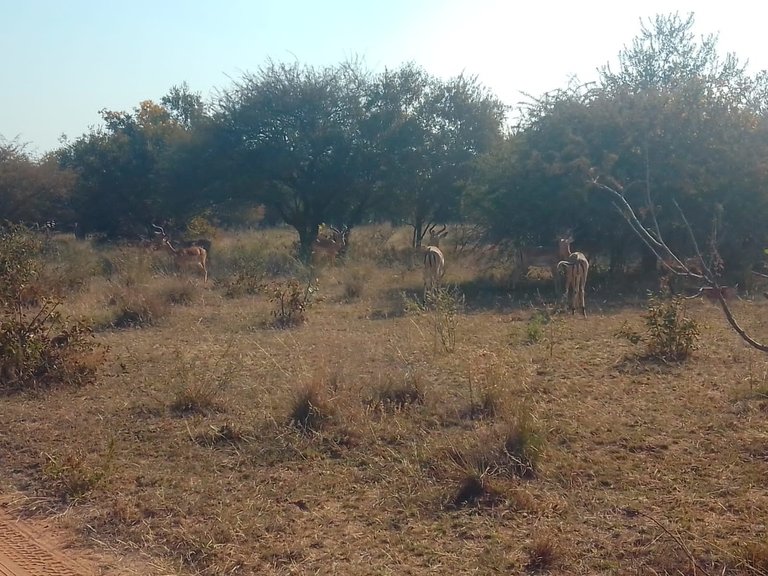
Nature the incredible, have an amazing weekend and be blessed.
Love and light.
Cheer$;)